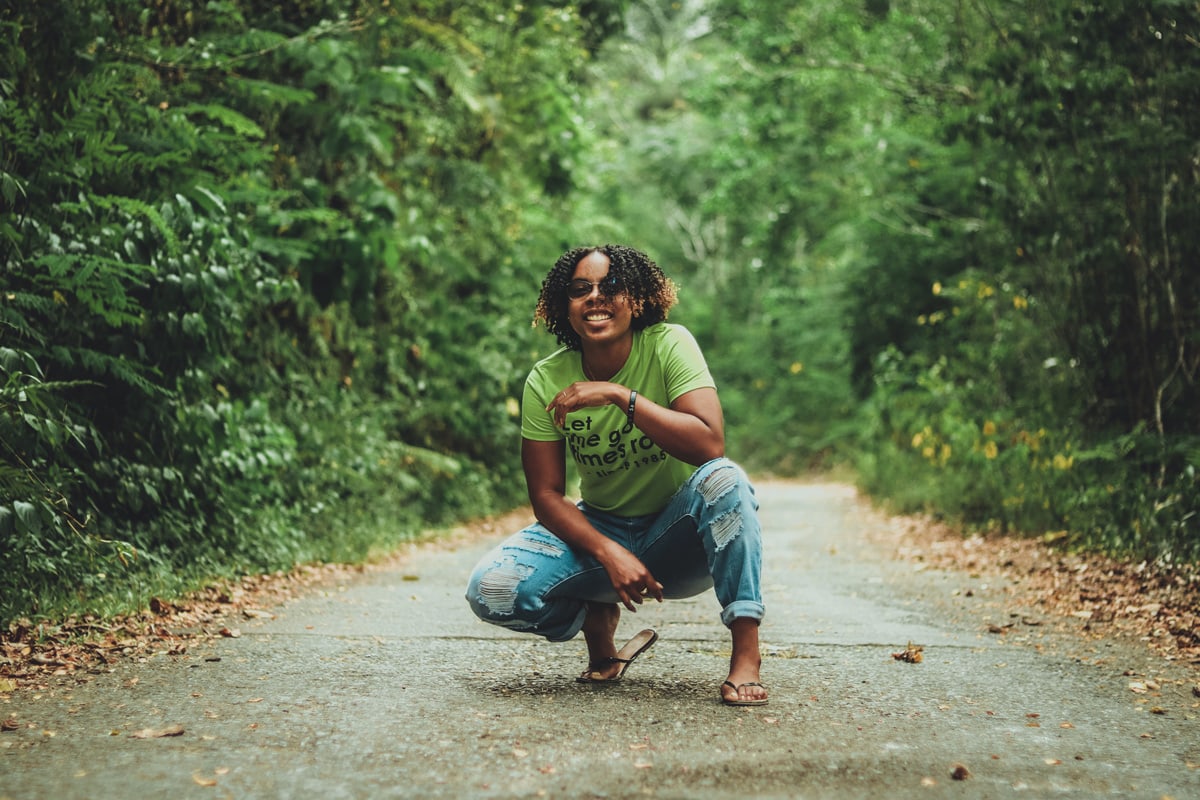You sit still, you get old
We often hear from folks who want to talk about our chair project; usually as emails but sometimes as phone calls. One of the most interesting comments lately was from one caller who after chatting a bit about active sitting observed, “You look at kids, and they’re always moving, but adults don’t move; they just sit. You sit still, you get old.”
It sounds true, but is it?
Well, epidemiologists have looked closely at the effect of prolonged passive sitting on all cause mortality and the news isn’t good. A recent paper in the Annals of Internal Medicine (Diaz et al. 2017) found that passive sitting mortality was increased by 20% in folks who sat the most; importantly, this association was independent of overall physical activity levels: So, going to the gym can’t undo the harm of passive sitting. This is especially bad news, because as a nation we are sitting more and becoming less active each and every year.
It isn’t just adults who need to move more; it turns out that even babies who move more are better off as measured by having less body fat. In an ingenious experiment, Hopkins researcher Benjamin-Neelon and coworkers (Bediatriac Obesity, 2020) fit babies with tiny accelerometers and found that babies who moved less were fatter, and important observation because overweight children often go on to be overweight adults, heir to the health and longevity consequences that come with obesity.
So, sitting still is shortening our lives, but is it actually making us older? How would one even try to answer this question? Well, one way would be to look around the world to see where people live on into healthy old ages. This idea began in 2004 when Pes and Poulain noticed that the Nuorno region of Sardinia had the world’s highest concentration of folks over 100 years old, so called “centenarians.”
Struck by this idea, physician Alexander published an article locating half a dozen of what he called “blue zones” in National Geographic magazine. These were places where people seemed to have “forgotten to die”. Over time this approach has been refined and amplified and there are now four recognized blue zones: Okinawa (Japan), Sardinia (Italy), Nicoya (Costa Rica), Icaria (Greece), and among the Seventh Day Adventists in Loma Linda, California.
There are a number of commonalities among these blue zones. Relative geographic (and hence genetic) isolation is one component of the Blue Zone phenomenon. Other observed similarities include high social engagement, largely plant-based diets, and a lifestyle that involves constant physical activity.
None of this is surprising, of course: Biologists point out that our genetic gifts play perhaps the single most important role in longevity, accounting for as much as 30% of variability in life span. Or, as researchers in this area quip: “It’s important to choose your parents carefully.” Psychologists have long noted that the more human to human relationships a person has, the happier, healthier, and longer lived they are. We also know that meat and processed foods are linked to a variety of health problems, including obesity, diabetes and heart disease, problems that taken together shorten not only total lifespan, but more importantly shorten total healthy lifespan. Switching to a plant-based diet is now seen as perhaps the easiest life hack to improve one’s chances of a long and healthy life.
Lastly, those living in Blue Zones have a good deal of physical activity baked into their daily lives. Walking to the market, herding livestock, hauling water, all provide exercise, but exercise that is a seamlessly integrated into life itself. There are no gymnasiums in the Blue Zone; physical activity is a part of life, not something added on to life. And it turns out walking is a major part of this activity; this is a familiar reframe, of course: over two thousand years ago Hippocrates observed that “Walking is man’s best medicine”, an observation that the successful aging in Blue Zones seem to confirm.
Unhappily, this last, possibly most important, ingredient of the Blue Zone solution turns out to be the hardest to bring into our 21st century lifestyle. The average American spends eight or nine hours each day sitting, and all this sitting adds up to a host of health problems. But sitting is almost impossible to avoid, because our work, our amusements, our lives all require long bouts of sitting. Workarounds such as parking in the farthest corner of the parking lot, taking the stairs, and walking when on the phone are all good ideas, but in practice seem not to have been widely adopted, perhaps because each episode requires an individual act of willpower.
If only sitting itself was an activity. And this is where active sitting comes into the conversation. In the last several years, chairs that require subtle, continuous muscular activity have been developed. These chairs can introduce a good deal of activity into one’s day by simply swapping our one’s passive chair for a chair that keeps one moving, all day, every day.
Sort of like living in a Blue Zone, actually.
So, will active sitting keep you young? Well, probably not if you live in a Blue Zone, where you likely wouldn’t be sitting much anyway. But, if you live in the USA, well, active sitting can be a part of your solution to living in the 21st century with the body of a hunter-gatherer. Injecting more movement into your day certainly can’t hurt, and might do a world of good.





Leave a comment
All comments are moderated before being published.
This site is protected by hCaptcha and the hCaptcha Privacy Policy and Terms of Service apply.